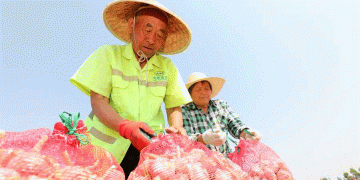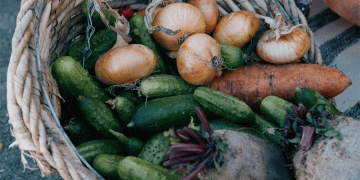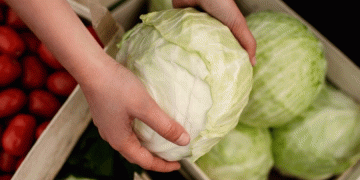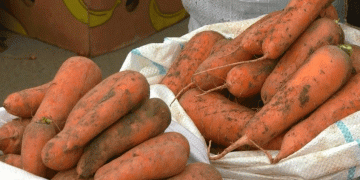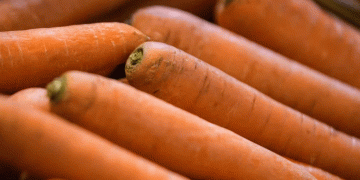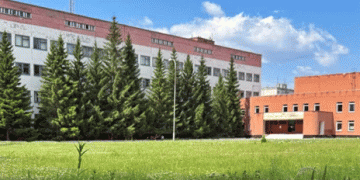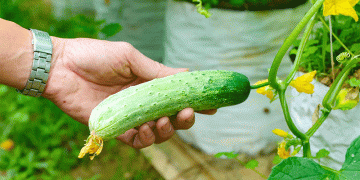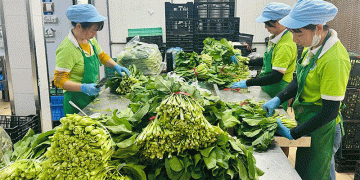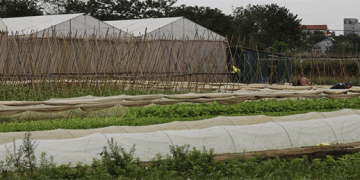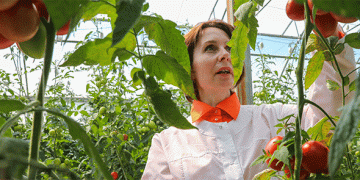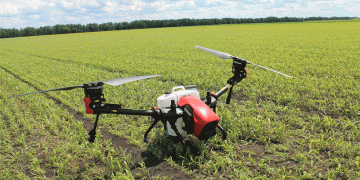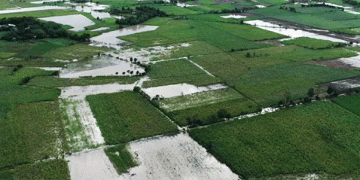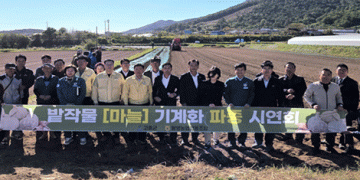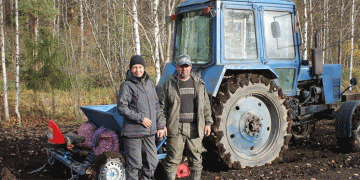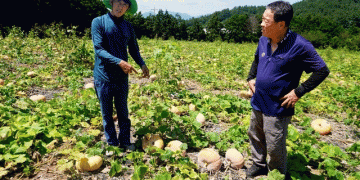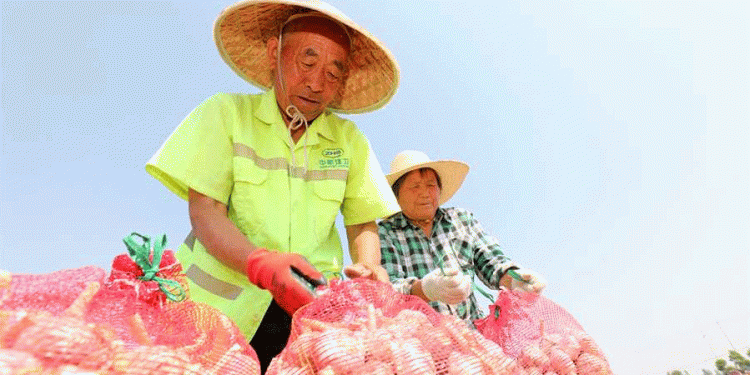In Suixi County, Huaibei City, Anhui Province, farmers are celebrating a bumper garlic harvest. Over 4,000 acres of garlic are being harvested, with villagers busy digging, trimming, and packing the bulbs for sale. This success story is not accidental—it’s the result of strategic planning, cooperative farming, and value chain development.
1. Cooperative Farming Boosts Productivity
The local government and agricultural cooperatives have adopted a “Party Branch + Cooperative + Farmers” model, uniting 52 households to cultivate garlic at scale. This approach has improved both yield and profitability by:
- Optimizing land use: Intensive farming techniques and shared resources maximize output per acre.
- Enhancing technical support: Farmers receive training in modern agronomic practices, including soil management, pest control, and efficient irrigation.
According to the FAO (2023), smallholder farmers in cooperative systems see 20–30% higher yields compared to individual farming due to shared knowledge and resources.
2. Extending the Value Chain: From Garlic Bulbs to Big Business
Beyond raw garlic sales, Huaibei is expanding into processing and value-added products, such as:
- Garlic powder, oil, and black garlic (a fermented, high-value product with growing global demand).
- Export opportunities: China remains the world’s largest garlic exporter, shipping 1.8 million metric tons annually (2023 ITC Trade Map).
This shift aligns with global trends—processed garlic products can fetch 3–5 times higher prices than raw bulbs (World Bank, 2022).
3. Economic Impact: Doubling Farmers’ Incomes
The project has significantly raised local incomes:
- Farmers report 30–50% higher profits compared to traditional crops like wheat or corn.
- The “small garlic, big industry” strategy has created jobs in harvesting, processing, and logistics.
A 2023 study by the Chinese Academy of Agricultural Sciences found that integrated garlic farming models increase rural household incomes by up to 60% within three years.
A Blueprint for Sustainable Agri-Business
Huaibei’s garlic success demonstrates how cooperative models, scientific farming, and agro-processing can transform a staple crop into an economic engine. For farmers and agribusinesses worldwide, the key takeaways are:
✅ Collaboration scales profitability.
✅ Value-added processing multiplies revenue.
✅ Government and tech support are critical for sustainability.
By adopting similar strategies, farmers everywhere can turn high-demand crops into pathways out of poverty.
